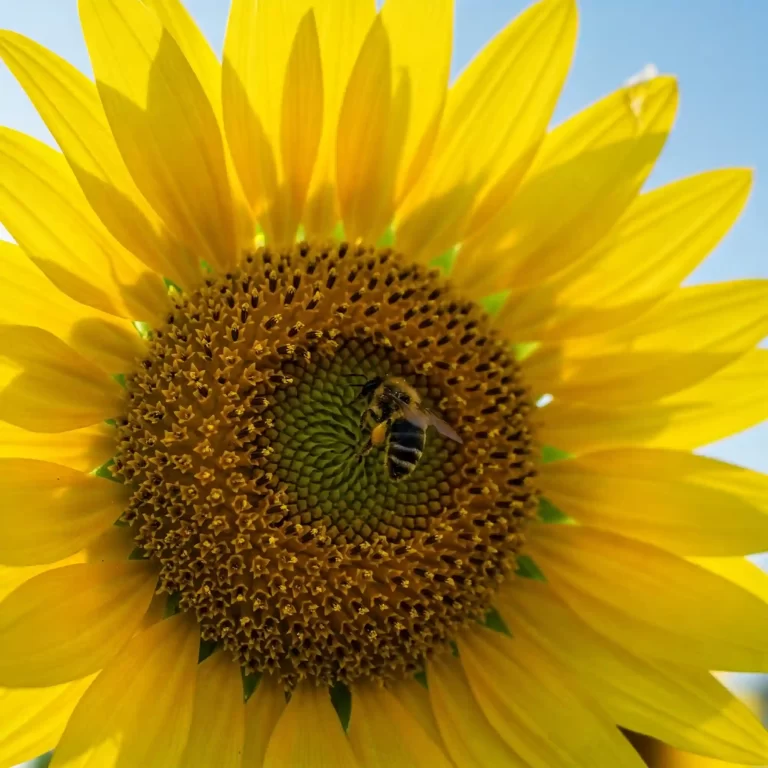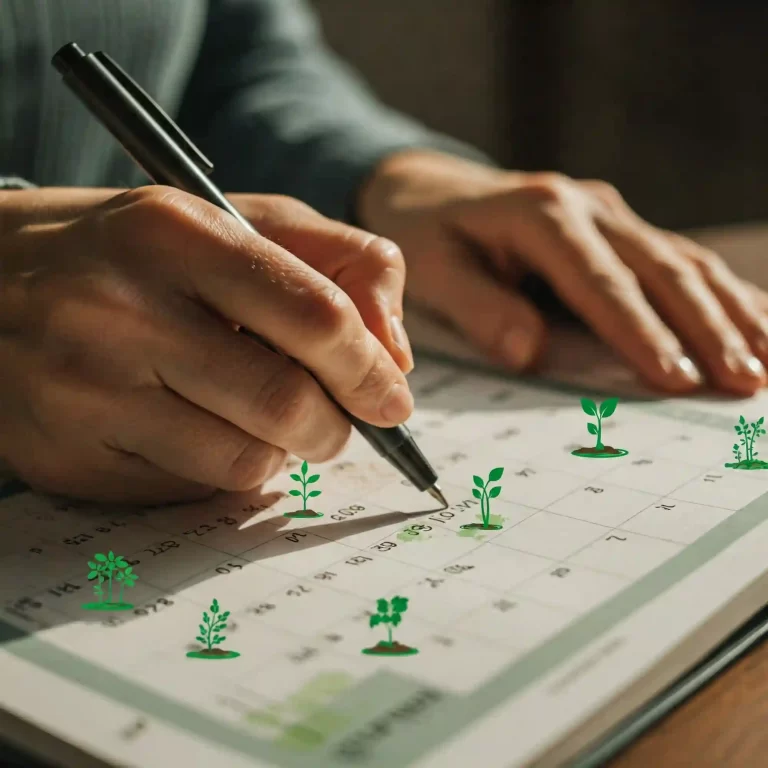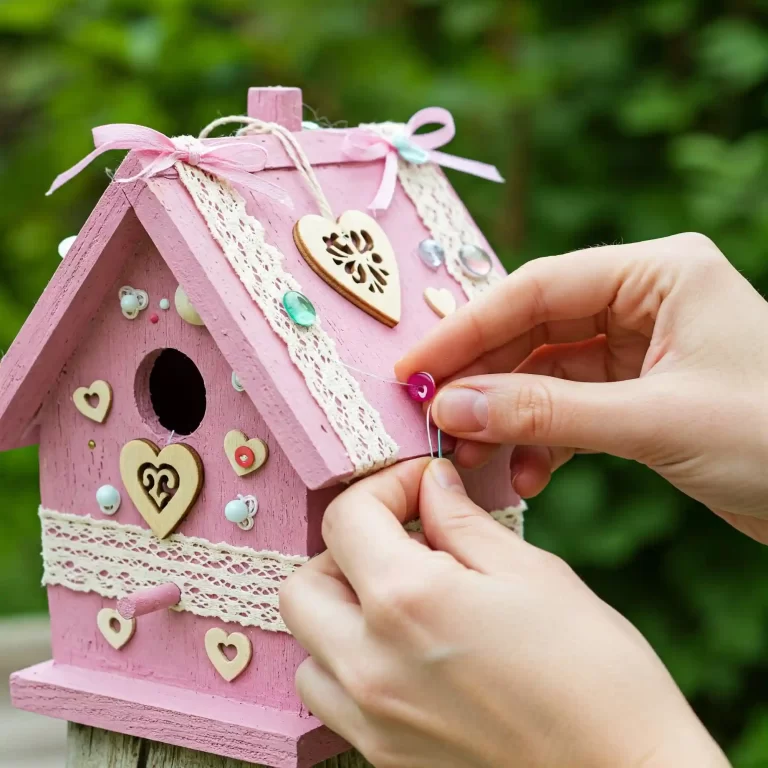| Key Takeaways |
|---|
| – Beans are important plants for humans and the environment |
| – Beans have four main parts: the seed coat, the cotyledon, the embryo, and the radicle |
| – Beans go through six main stages of growth: germination, emergence, vegetative, flowering, fruiting, and senescence |
| – You can do fun and educational hands-on activities with beans, such as growing a bean plant, making a bean mosaic, cooking a bean soup, or playing a bean game |
| – You can use the printable worksheets in this article to learn and test your knowledge of the life cycle of a bean plant |
Have you ever wondered how a bean grows into a beanstalk? Beans are amazing plants that have been cultivated by humans for thousands of years. They are rich in protein, fiber, vitamins, minerals, and antioxidants. They also help the soil by fixing nitrogen and preventing erosion. Beans are part of the legume family, which includes peas, lentils, peanuts, and soybeans.
In this article, you will learn about the life cycle of a bean plant and how you can grow your own beanstalk from a bean. You will also find some fun and free printable worksheets that you can use to learn and have fun with beans. By the end of this article, you will be able to:
- Identify the parts of a bean seed
- Describe the stages of bean growth
- Do some hands-on activities with beans
- Test your knowledge of the life cycle of a bean plant
Are you ready to become a bean expert? Let’s get started!
The Parts of a Bean Seed
A bean seed is a tiny package that contains everything a bean plant needs to grow and reproduce. A bean seed is different from other seeds because it has two large halves called cotyledons. These cotyledons store food for the developing plant and act as the first leaves when the seed germinates.
A bean seed has four main parts:
- The seed coat: This is the outer layer that protects the seed from water, insects, and diseases. It also controls when the seed germinates by allowing or blocking oxygen and moisture.
- The cotyledon: This is the largest part of the seed that contains starch, protein, and oil. It provides nourishment for the embryo and becomes the first leaves of the plant.
- The embryo: This is the baby plant that will grow into a beanstalk. It has three parts: the epicotyl, the hypocotyl, and the radicle.
- The radicle: This is the first root that emerges from the seed. It anchors the plant in the soil and absorbs water and nutrients.
The Stages of Bean Growth
The life cycle of a bean plant is the process of how a bean seed grows into a beanstalk, produces flowers and fruits, and makes new seeds. The life cycle of a bean plant takes about two months, depending on the type and variety of bean.
The life cycle of a bean plant has six main stages:
- Germination: This is when the seed starts to sprout. It happens when the seed absorbs water and oxygen, and the radicle breaks through the seed coat. The radicle grows downward into the soil, while the hypocotyl grows upward and forms a hook. The cotyledons remain inside the seed coat.
- Emergence: This is when the seedling comes out of the soil. It happens when the hypocotyl straightens and pulls the cotyledons out of the seed coat. The cotyledons open up and become the first leaves of the plant. The epicotyl grows above the cotyledons and forms the stem and the true leaves.
- Vegetative: This is when the plant grows bigger and stronger. It happens when the plant produces more stems, leaves, and branches. The plant uses photosynthesis to make food from sunlight, water, and carbon dioxide. The plant also needs nitrogen, phosphorus, potassium, and other minerals from the soil.
- Flowering: This is when the plant produces flowers and pollinates. It happens when the plant reaches maturity and responds to the length of daylight and temperature. The plant produces clusters of flowers at the tips of the stems and branches. The flowers are usually white, pink, purple, or yellow. The flowers have both male and female parts, and they can self-pollinate or cross-pollinate with other bean plants. Pollination is the transfer of pollen from the male part (anther) to the female part (stigma) of the flower.
- Fruiting: This is when the plant produces pods and seeds. It happens when the fertilized flowers develop into fruits. The fruits are called pods, and they contain seeds. The pods are usually green, yellow, purple, or brown. The seeds are usually white, black, red, or speckled. The pods and seeds vary in size, shape, and flavor, depending on the type and variety of bean.
- Senescence: This is when the plant dies and completes its life cycle. It happens when the plant stops growing and producing. The plant uses up its stored food and loses its color and moisture. The plant dries up and turns brown. The pods and seeds also dry up and become hard. The seeds can fall to the ground or be harvested by humans or animals.
Here are some photos that show the appearance of a bean plant at each stage and what is happening:
| Stage | Description |
|---|---|
| Germination | The radicle breaks through the seed coat and grows downward. The hypocotyl grows upward and forms a hook. |
| Emergence | The hypocotyl straightens and pulls the cotyledons out of the seed coat. The cotyledons open up and become the first leaves. The epicotyl grows above the cotyledons and forms the stem and the true leaves. |
| Vegetative | The plant produces more stems, leaves, and branches. The plant uses photosynthesis to make food from sunlight, water, and carbon dioxide. |
| Flowering | The plant produces clusters of flowers at the tips of the stems and branches. The flowers have both male and female parts, and they can self-pollinate or cross-pollinate with other bean plants. |
| Fruiting | The fertilized flowers develop into pods and seeds. The pods and seeds vary in size, shape, and color, depending on the type and variety of bean. |
| Senescence | The plant stops growing and producing. The plant uses up its stored food and loses its color and moisture. The plant dries up and turns brown. The pods and seeds also dry up and become hard. |
The Hands-on Activities to Do with Beans
Learning about the life cycle of a bean plant is not only interesting, but also fun and educational. You can do some hands-on activities with beans that will help you understand how bean plants grow and develop. You can also use your creativity and imagination to make some bean art and crafts. Here are some ideas for hands-on activities to do with beans:
Growing a Bean Plant
One of the best ways to learn about the life cycle of a bean plant is to grow your own bean plant from a bean. You can use any kind of bean that you like, such as kidney beans, black beans, pinto beans, or lima beans. You will need:
- A bean
- A glass jar or a small pot
- Some cotton balls or potting soil
- Water
- A sunny spot
Here are the steps to grow a bean plant:
- Soak the bean in water overnight to soften the seed coat and speed up germination.
- Fill the jar or pot with cotton balls or potting soil. Make sure it is moist but not soggy.
- Place the bean on top of the cotton balls or soil. Push it gently until it is half-covered.
- Put the jar or pot in a sunny spot, such as a windowsill or a balcony. Make sure it gets at least six hours of sunlight per day.
- Water the bean every day or whenever the cotton balls or soil feel dry. Do not overwater or underwater the bean.
- Watch the bean sprout and grow into a beanstalk. Observe the changes in the bean and record your observations and measurements in a journal or a worksheet.
- Enjoy your bean plant and take good care of it. You can transplant it to a bigger pot or a garden when it gets too big for the jar or pot.
Making a Bean Mosaic
Another fun and creative activity to do with beans is to make a bean mosaic. A bean mosaic is a picture or a pattern made with different kinds of beans. You can use any kind of beans that you like, such as kidney beans, black beans, pinto beans, lima beans, or mung beans. You can also use other legumes, such as peas, lentils, or chickpeas. You will need:
- Different kinds of beans or legumes
- A piece of cardboard or paper
- Glue
- Scissors
- A pencil
- A ruler
Here are the steps to make a bean mosaic:
- Decide what picture or pattern you want to make with the beans. You can draw your own design or use a template. You can also use a coloring book or a magazine as a reference.
- Cut the cardboard or paper to the size and shape that you want. You can use a ruler and a pencil to measure and mark the cardboard or paper.
- Draw the outline of your picture or pattern on the cardboard or paper with a pencil. You can use a ruler to make straight lines or a compass to make circles.
- Apply glue to the areas where you want to place the beans. You can use a brush or a stick to spread the glue evenly.
- Arrange the beans on the glued areas according to your picture or pattern. You can use different colors and sizes of beans to create contrast and texture. You can also overlap or layer the beans to create depth and dimension.
- Press the beans firmly onto the cardboard or paper. Make sure they stick well and do not fall off.
- Let the glue dry completely before moving or displaying your bean mosaic. You can also add a frame or a hanger to your bean mosaic if you want.
Cooking a Bean Soup
Another delicious and nutritious activity to do with beans is to cook a bean soup. A bean soup is a hearty and healthy dish that is easy to make and customize. You can use any kind of beans that you like, such as kidney beans, black beans, pinto beans, or lima beans. You can also use canned beans or dried beans. You will need:
- Beans (canned or dried)
- Water or broth
- Onion
- Garlic
- Carrot
- Celery
- Salt
- Pepper
- Oil
- A large pot
- A stove
- A knife
- A cutting board
- A spoon
Here are the steps to cook a bean soup:
- If you are using dried beans, soak them in water overnight or for at least six hours. Drain and rinse the beans before cooking.
- If you are using canned beans, drain and rinse the beans before cooking.
- Peel and chop the onion, garlic, carrot, and celery. You can use a knife and a cutting board to do this. You can also use other vegetables that you like, such as potato, tomato, or spinach.
- Heat some oil in a large pot over medium-high heat. Add the onion and garlic and cook until soft and fragrant, stirring occasionally.
- Add the beans, water or broth, salt, and pepper to the pot. Bring the mixture to a boil, then reduce the heat and simmer until the beans are tender, stirring occasionally. You can add more water or broth if the soup is too thick or dry.
- Taste and adjust the seasoning of the soup as needed. You can also add some herbs or spices that you like, such as bay leaf, thyme, rosemary, cumin, or paprika.
- Enjoy your bean soup with some bread or crackers. You can also garnish your soup with some cheese, sour cream, or parsley if you want.
Playing a Bean Game
Another fun and educational activity to do with beans is to play a bean game. A bean game is a game that uses beans as counters, tokens, or pieces. You can use any kind of beans that you like, such as kidney beans, black beans, pinto beans, or lima beans. You can also use different colors and sizes of beans to make the game more interesting. You will need:
- Beans
- A board or a mat
- A dice or a spinner
- A cup or a bowl
- A timer or a stopwatch
Here are some ideas for bean games that you can play:
- Bean Bag Toss: This is a game where you try to toss beans into a cup or a bowl. You can use a board or a mat to mark the distance and the target. You can also use different colors and sizes of beans to score different points. You can play this game individually or in teams. The player or team with the most points wins.
- Bean Counting: This is a game where you try to count beans as fast as you can. You can use a dice or a spinner to determine how many beans you have to count. You can also use different colors and sizes of beans to make the game more challenging. You can play this game individually or in pairs. The player or pair with the most correct counts wins.
- Bean Sorting: This is a game where you try to sort beans by color, size, or shape. You can use a timer or a stopwatch to limit the time and increase the difficulty. You can also use different colors and sizes of beans to make the game more fun. You can play this game individually or in groups. The player or group with the most sorted beans wins.
Conclusion
You have learned a lot about the life cycle of a bean plant and how you can grow your own beanstalk from a bean. You have also found some fun and free printable worksheets that you can use to learn and have fun with beans. You have also done some hands-on activities with beans, such as making a bean mosaic, cooking a bean soup, or playing a bean game.
We hope you enjoyed this article and learned something new and interesting about beans. Beans are not only delicious and nutritious, but also fun and educational. They can help you understand how plants grow and develop, and how they are important for humans and the environment.
Why don’t you try some of the activities and worksheets that we have provided in this article? You can also share your results and feedback with us and your friends. We would love to hear from you and see your bean creations.
Thank you for reading this article and spending your time with us. We hope you have a wonderful day and a happy bean adventure!



